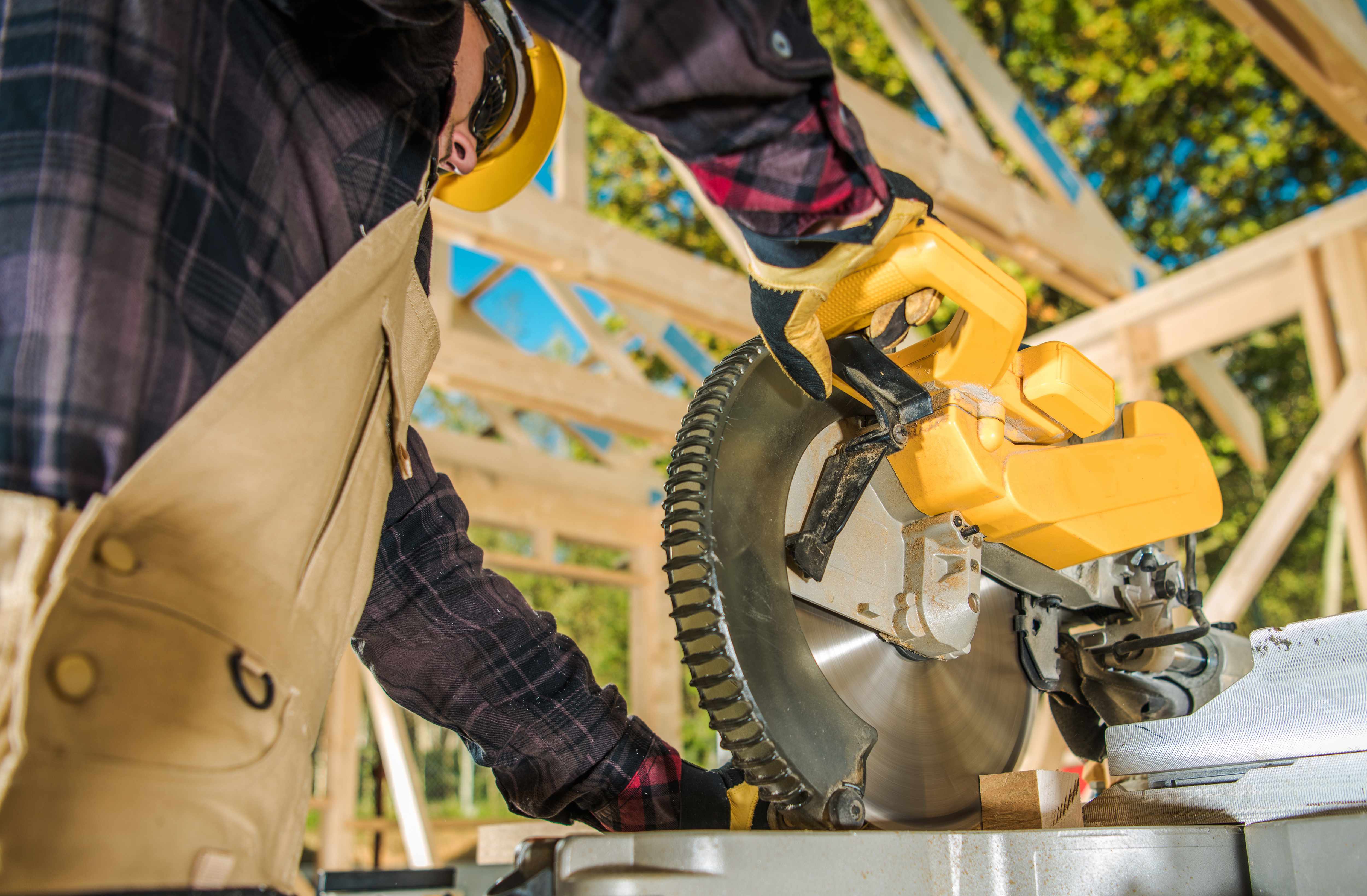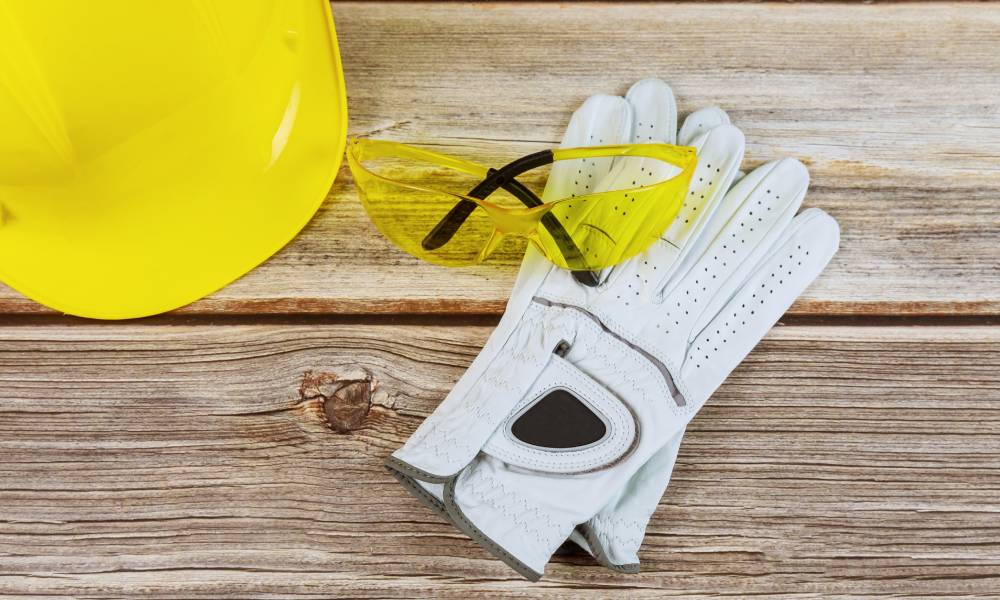
Things to Consider When Choosing Cut Resistant Gloves: Material, Thickness and Performance
In industries where sharp objects pose a constant threat, cut-resistant gloves serve as indispensable protective gear, safeguarding workers' hands from potential injuries. However, selecting the right cut-resistant gloves involves careful consideration of various factors, including the material, thickness, and performance. With an array of options available, understanding these aspects is crucial to ensure optimal protection and performance in the workplace. In this blog post, we delve into the key considerations when choosing cut-resistant gloves, empowering professionals to make informed decisions for enhanced safety and efficiency.
Finding the Right Balance Between Protection and Dexterity
Achieving the optimal balance between protection and dexterity is paramount when selecting cut-resistant gloves. While thicker gloves offer higher levels of protection against sharp objects, they may compromise manual dexterity and tactile sensitivity, affecting worker productivity. Conversely, thinner gloves provide better dexterity but may sacrifice protection. Finding the right balance involves selecting gloves with appropriate thickness and construction to mitigate risks while allowing for unhindered movement and tactile feedback, ensuring both safety and efficiency in the workplace.
Performance Ratings
Performance ratings are essential indicators when choosing cut-resistant gloves, providing insight into their effectiveness against sharp hazards. These ratings, often standardized by regulatory bodies, classify gloves into different levels of cut resistance based on rigorous testing protocols. Understanding these ratings helps professionals select gloves that offer suitable protection for their specific work environments and tasks. By considering performance ratings alongside other factors, such as material and thickness, individuals can make informed decisions to ensure optimal hand safety in their workplace.
Assessing Specific Work Hazards and Risks
Assessing specific work hazards and risks is crucial when choosing cut-resistant gloves. Each industry and task presents unique challenges, such as sharp objects, machinery, or chemicals, that require tailored protection. By conducting thorough risk assessments, professionals can identify potential hazards and select gloves with appropriate cut resistance levels and additional features, such as puncture or chemical resistance. Addressing specific work hazards ensures that workers are adequately protected, enhancing safety and reducing the risk of hand injuries in the workplace.
Regulatory Compliance and Standards
Ensuring regulatory compliance and adherence to standards is imperative when selecting cut-resistant gloves. Regulatory bodies often establish guidelines and requirements for protective equipment to ensure worker safety. Choosing gloves that meet or exceed these standards ensures that they have undergone rigorous testing and meet minimum safety criteria. By prioritizing regulatory compliance, professionals can trust that the gloves provide reliable protection against cut hazards, fostering a safer work environment and mitigating the risk of hand injuries.
Real-World Testing and User Feedback
Real-world testing and user feedback provide valuable insights into the performance of cut resistant gloves. Conducting trials in actual work environments allows for practical assessment of glove durability, comfort, and protection against sharp hazards. Additionally, gathering feedback from workers who have used the gloves in their daily tasks offers firsthand accounts of their effectiveness and suitability. Incorporating real-world testing and user feedback into the selection process ensures informed decision-making and enhances overall hand safety in the workplace.
Beybi Plastik, since its establishment in 1949; operates in the field of personal protective work safety gloves, examination gloves production and sales, sterile surgical gloves and medical consumables sales and marketing.



